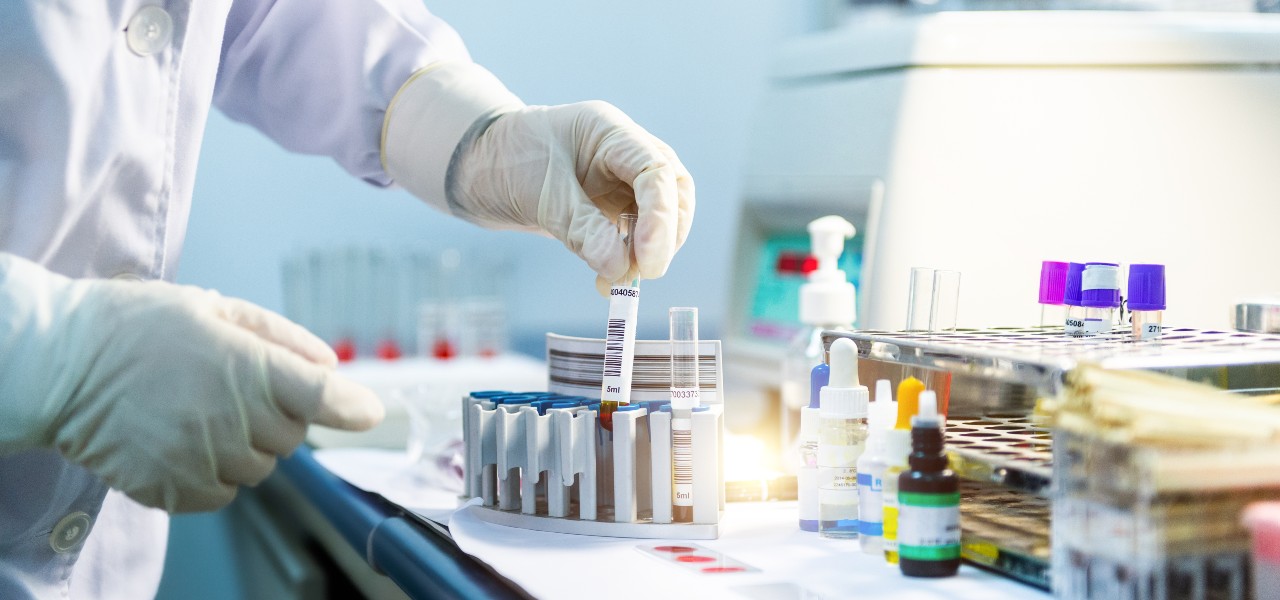
How to Ensure High-Quality Nucleic Acid Extractions – A Quick Overview
DNA/RNA extraction is a critical preparation step for many techniques and analyses like PCR, sequencing, molecular cloning and diagnostic testing. However, many labs still struggle to extract high-molecular weight nucleic acid. In this article we give you key takeaways from extraction experts on how to ensure your extractions are high quality.
Isolating DNA or RNA in your lab can be a challenge. While it is a fundamental step in many molecular biology workflows, getting your lab and your protocols up-to-speed to ensure optimal results is a major undertaking. That’s why the experts at AutoGen put together some simple pointers.
Everything that Ensures High-Quality DNA/RNA Extractions
The goal of any DNA/RNA isolation is to be able to meet the quality and purity standards of your downstream. A lot of project considerations and factors influence the outcome. It is more than just proper sample storage and preparations – although those do play a large role. There are many more considerations that impact quality as well.
It is not feasible to give specific advice on how to increase DNA/RNA purity as project needs will vary. However, there are some general tips to ensure your lab is getting the best possible isolations for your downstream applications.
Tip #1. Follow General Good Lab Practice Guidelines
Of course, to start, there are general guidelines that all scientists should follow when conducting any type of DNA/RNA extraction project. These general best practices ensure your isolations are as pure as possible. While these are basic tips for most scientists, they still merit repeating. If you go through the motion or skip any steps, then your nucleic acid quality will suffer.
- Ensure samples are stored properly and used as fresh as possible: Work with fresh samples or ensure they are stored appropriately (e.g., frozen in liquid nitrogen, stored at -80°C) to prevent nucleic acid degradation.
- Maintain a clean work environment: Use sterile equipment and reagents, wear gloves, and work in a clean area to avoid contamination.
- Follow protocols carefully and to the letter: No matter the protocol you decide to go with, adhere to it strictly. This includes all steps like incubation times, temperatures, and reagent volumes, to ensure consistency and efficiency.
- Minimize handling, freezing, and thawing cycles: The more you handle the sample, the more likely they are to degrade. Reduce handling as much as possible to ensure your samples remain in appropriate condition for isolation.
- Use high-quality reagents and chemicals: Use high-purity chemicals and reagents specifically designed for nucleic acid extraction to minimize impurities and inhibitors. Also make sure the chemicals and reagents you are using are right for your sample type and extraction purposes.
- Check purity and integrity: Assess the purity and integrity of extracted nucleic acids using spectrophotometry and gel electrophoresis to ensure your isolations meet quality standards for any downstream application.
While these best practices are a good start, they aren’t the only influencing factor that impacts nucleic acid extraction quality. Your approach matters, too.
Tip #2. Start Early with the End Goal in Mind
Before you start collecting any samples, you need to start planning with your end goal in mind. Start with questions like…
- What is the goal of your extraction project?
- How will you achieve that goal?
- What is the best sample for your needed purity levels?
- What is the timeline?
- How will you measure success?
- How do you adjust if the results aren’t what was expected?
All these questions will help you start with the end in mind, and then work backwards to develop your DNA/RNA extraction plan.
Tip #3. Be Open to Change
Unless part of an already established workflow for ongoing sample collection and processing, DNA/RNA extraction projects are rarely ever cut and dry. Because of that, you need to be open to change.
As results first start coming in, there is always a possibility of them being unintended or not up to the quality standard you need. It’s important to have contingency plans built into your plan.
Tip #4. Seek Second Opinions
When designing your experiment and planning out your nucleic acid extraction, it never hurts to get a second opinion. Especially if that opinion comes from industry experts like an extraction services provider that extracts samples every day.
At the end of the day, everyone in the life sciences field is interested in one thing–improving patient outcomes. If you have questions as you’re designing your extraction project and downstream experiments, reach out. There are many industry-experts and collaborators who are always willing to help.
Tip #5. Know When to Invest in Equipment or Lab Services
Lastly, it’s important to know when to invest in new equipment or lab services. DNA/RNA extraction protocols use a lot of lab equipment. If you plan on processing samples at scale, or if extracting nucleic acid will become a regular project, investing in an automated extraction instrument may not be a bad idea.
If it’s a one-off project, but you still need the precision that automated protocols can give, then working with an extraction lab services provider may be the best route for you. Consider your budget and future lab plans to make a decision that will not only help your lab on the current extraction project, but on all extraction projects moving forward.
Conclusion: Every Step Affects Nucleic Acid Quality
At the end of the day, every step affects the outcome of your final isolation. As a critical first part in your research, rushing here can lead to challenges like poor quality, unexpected results and wasted time and effort recollecting and re-processing samples. If you take the time to plan your project out and seek second opinions when you need them, you will get high-quality nucleic acid extractions.
Have questions about an upcoming DNA/RNA extraction project? Talk to AutoGen. We’re always happy to be a sounding board.
